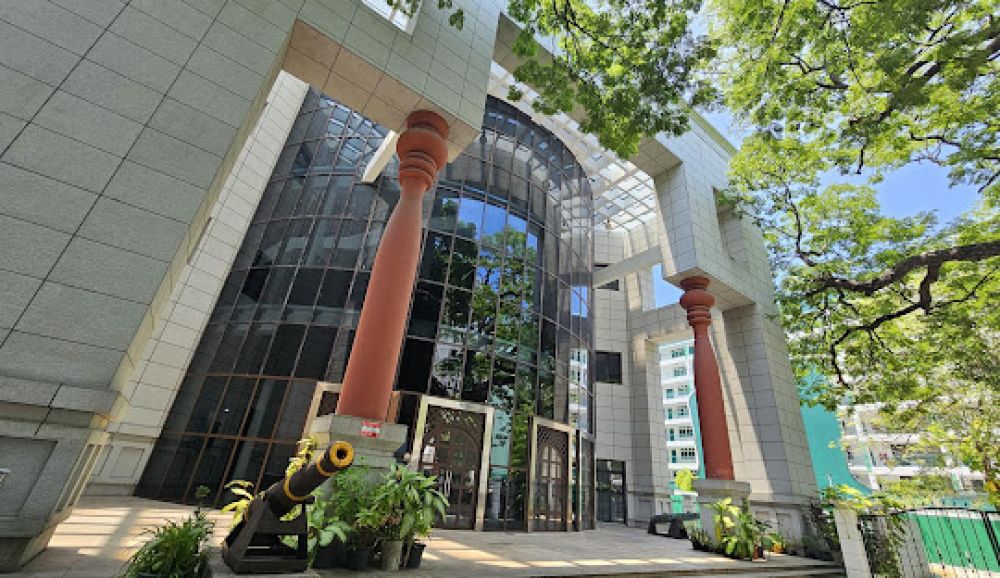

The National Museum of Maldives, situated in the historic Sultan Park in Male, holds the title as the country's first museum. It was officially inaugurated on the National Day of Maldives, November 11th, 1952, by Prime Minister Mohamed Amin Didi. The purpose of the museum is to preserve and display artifacts that showcase the history and cultural heritage of the Maldives. It has an extensive collection that includes ancient royal antiquities, traditional costumes, and ornaments that chronicle the unique Maldivian way of life.
The museum's collection is housed in a two-building complex: the old building, which is a former palace of the Sultan and a newer Chinese-built building. Visitors can peruse a variety of objects such as:
The history of tourism in the Maldives is a relatively recent phenomenon. It commenced in 1972 with the opening of the country's first resort, Kurumba Village, which signaled a new economic phase for the islands traditionally reliant on fishing and commerce. Tourism quickly became a driving economic force and has since evolved to be the major contributor to the Maldives' GDP.
With its white-sand beaches, pristine waters, and luxurious resorts, the Maldives has been a premier destination for travelers seeking tranquility and an escape in paradise. The latest trends in Maldivian tourism include:
The National Museum of Maldives stands as both a guardian of history and a testament to the rich cultural tapestry of this island nation. As tourism continues to grow and evolve, the museum serves not only as a treasure trove for those interested in the past but also as a lens through which to view the evolving identity of Maldives in the 21st century.